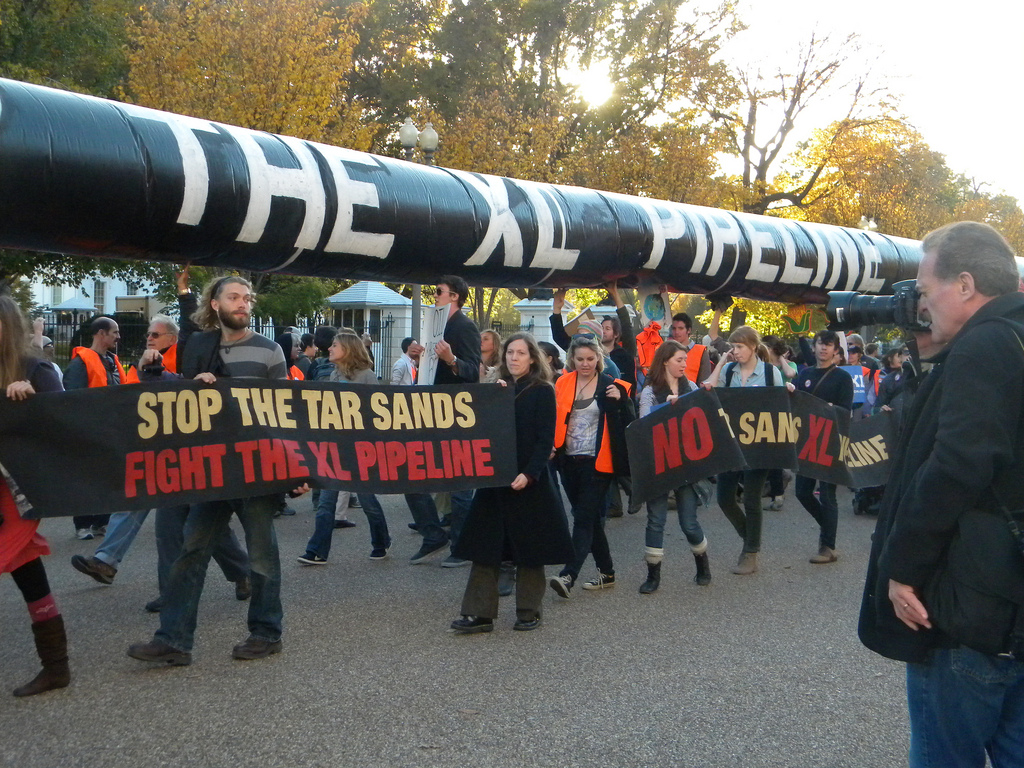
MCLAThere are more people in this picture than may have long-term jobs with the pipeline.
Last week year, Bloomberg did a little digging into the oft-mentioned “thousands of jobs” that would result if the Keystone XL pipeline were built. What they found, as they say, might surprise you, if you are surprised when fatuous political arguments turn out to be erroneous.
From the article:
The debate in Washington has focused on short-term construction and manufacturing jobs, rather than on permanent ones. Estimates for construction and manufacturing employment range from 2,500 to 20,000, depending on assumptions of how much of the project’s budget will be spent in the U.S. The company says some of the steel will be made in Canada and India.
TransCanada Vice President Robert Jones said permanent jobs would be “in the hundreds, certainly not in the thousands,” in a Nov. 11 interview on CNN.
Calgary-based TransCanada says construction will create 20,000 “new, real U.S. jobs.”
TransCanada left out one adjective: temporary. Over the long term, though, that number drops a little bit. Once construction is complete, there won’t be 20,000 jobs — there will be more like 20.
The number of people needed to operate and maintain the 1,661-mile (2,673-kilometer) pipeline may be as few as 20, according to the U.S. State Department, or as many as a few hundred, according to TransCanada.
There are all sorts of caveats that can and should be made: Construction employment is necessarily temporary, for example, and a project of this scope will likely have some ancillary job creation benefits (at refineries on the Gulf Coast, for example). But the fact remains that pipeline advocates have been harping on the project’s job creation potential, yet in a decade the pipeline may have added fewer than two dozen people to the workforce. That’s as many jobs as are created when a new restaurant opens.
That said, the low number makes sense. After all, the pipes in your house don’t need someone to constantly sit and watch them. On the rare occasion that something goes wrong, that’s the point at which you become a TransCanada-style job creator, calling in a plumber.
Which raises another point: It’s very possible that the pipeline will create more jobs down the road. One little rupture, and we’re talking about hundreds more short-term jobs in the lucrative oil-sopping and valve-turning industries.
Update: In my enthusiasm to share this number, I failed to notice that the February 13th on which the article came out was in 2012, not 2013. In the intervening year, it’s possible that the number of projected long-term employees could have reached 22. Maybe even 23.



